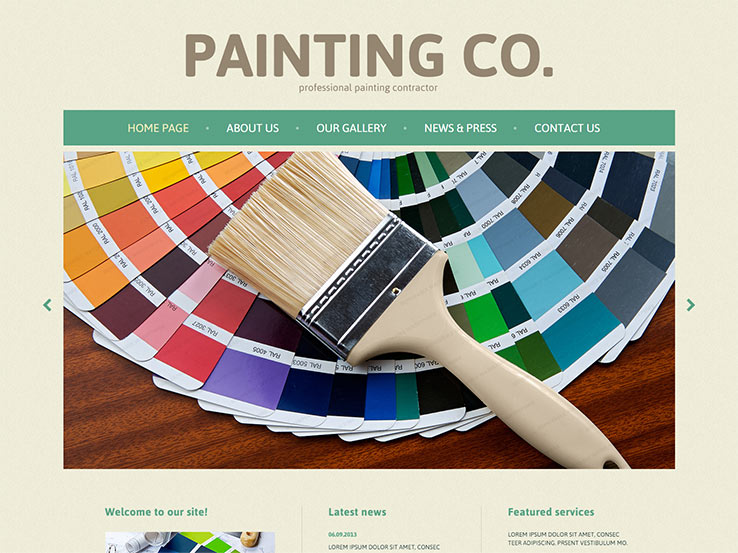Seasonal Considerations For Industrial Exterior Painting: What You Need To Know
Seasonal Considerations For Industrial Exterior Painting: What You Need To Know
Blog Article
Post Developed By-Carlson Rodriquez
When you're intending a commercial outside paint task, seasonal elements can make or damage your outcomes. You'll wish to consider how temperature and moisture effect paint application and drying times. Picking the right season can guarantee your paint sticks properly and lasts much longer. Yet which periods are genuinely the very best for this sort of work? Allow's check out the key elements that can affect your job's success.
The Effect of Temperature on Paint Application
When you're preparing an industrial exterior paint task, the temperature level can significantly affect just how well the paint sticks and dries.
Ideally, you want to repaint when temperatures vary in between 50 ° F and 85 ° F. If it's also cool, the paint may not cure properly, causing problems like peeling or breaking.
On the other hand, if it's too hot, the paint can dry out also swiftly, preventing appropriate attachment and causing an unequal coating.
You ought to likewise consider the moment of day; early morning or late afternoon uses cooler temperatures, which can be a lot more favorable.
Always inspect the maker's recommendations for the certain paint you're utilizing, as they commonly supply assistance on the optimal temperature variety for optimal outcomes.
Humidity and Its Effect on Drying Times
Temperature isn't the only ecological variable that influences your commercial external painting task; humidity plays a significant duty also. High moisture degrees can slow down drying out times substantially, impacting the general high quality of your paint job.
When the air is saturated with dampness, the paint takes longer to heal, which can result in issues like inadequate bond and a higher threat of mildew growth. If you're repainting on an especially humid day, be prepared for prolonged delay times between layers.
It's important to keep track of neighborhood climate condition and plan appropriately. Ideally, aim for humidity levels in between 40% and 70% for optimal drying out.
Keeping these consider mind ensures your task stays on track and provides an enduring surface.
Best Seasons for Commercial Exterior Painting Projects
What's the most effective season for your commercial external paint tasks?
simply click the following website page and early fall are commonly your best options. During these periods, temperature levels are moderate, and humidity levels are commonly lower, developing ideal conditions for paint application and drying out.
Avoid summer season's intense heat, which can create paint to dry as well rapidly, leading to bad attachment and surface. In a similar way, winter's cold temperatures can prevent correct drying out and curing, taking the chance of the longevity of your paint job.
Aim for days with temperature levels in between 50 ° F and 85 ° F for optimum outcomes. Remember to examine Related Site forecast for rain, as wet problems can destroy your job.
Planning around these aspects guarantees your paint task runs smoothly and lasts much longer.
Verdict
To conclude, planning your commercial exterior paint jobs around seasonal factors to consider can make a considerable difference in the end result. By organizing job throughout the optimal temperatures and moisture levels, you'll make certain better adhesion and drying times. Remember to watch on neighborhood weather forecasts and choose the right time of year-- spring and very early loss are your best bets. Taking these steps will certainly aid you accomplish a durable and expert surface that lasts.
